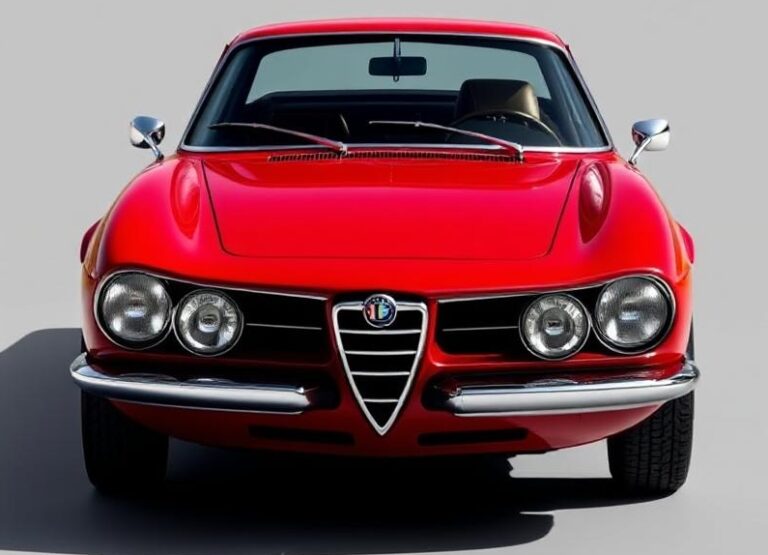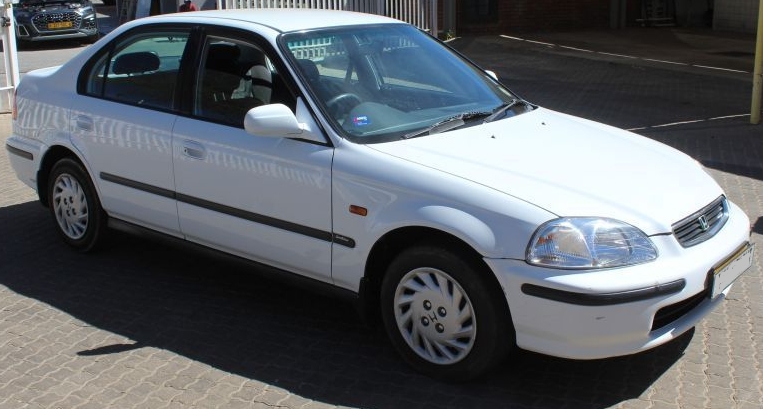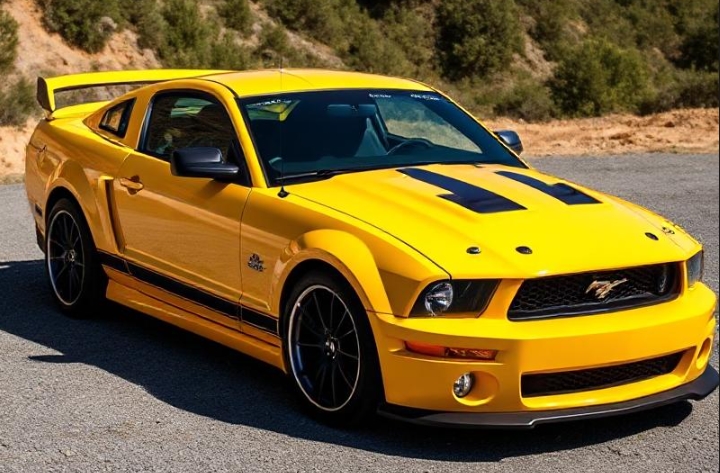The Evolution of the Lamborghini Veneno: A Limited-Edition Supercar Legacy
The Lamborghini Veneno stands as one of the most iconic and exclusive supercars ever produced by the Italian automaker Lamborghini. Born out of a desire to showcase technological prowess, aerodynamics, and racing-inspired design, the Veneno exemplifies Lamborghini’s commitment to pushing the boundaries of automotive engineering. Its development, production, and subsequent models reflect both the brand’s innovative spirit and its capacity for creating ultra-limited, highly exclusive vehicles.
Origins and Concept Development (2013)
The story of the Lamborghini Veneno begins in 2013 when Lamborghini announced its plans to celebrate its 50th anniversary. The company aimed to craft a car that would embody the spirit of racing, innovation, and exclusivity. This vision materialized into the Lamborghini Veneno Concept, debuting at the 2013 Geneva Motor Show. The concept car immediately drew attention for its radical styling, aggressive aerodynamics, and high-performance engineering.
The concept was designed to be a showcase vehicle, illustrating Lamborghini’s capabilities in aerodynamics, lightweight construction, and aeronautical-inspired design. It was based on the Lamborghini Aventador LP700-4 platform but heavily modified to emphasize speed and agility. The concept featured a sharp, angular body, extensive carbon fiber use, a prominent rear wing, and a low-slung profile that echoed Lamborghini’s racing heritage.
Production and Limited Editions (2013-2014)
Following the successful reception of the concept, Lamborghini announced that the Veneno would be produced as a hyper-exclusive limited edition. The goal was to produce only nine units—a number chosen to reflect Lamborghini’s racing number tradition, with each car representing a racing prototype.
Production Years:
- 2013 to 2014
Number of Units:
- Nine
Model Overview:
The Lamborghini Veneno was created as a track-ready, street-legal supercar designed for ultimate performance. Each of the nine units was hand-built at Lamborghini’s Sant’Agata Bolognese factory, emphasizing bespoke craftsmanship.
Technical Specifications and Features
The Veneno was powered by a 6.5-liter V12 engine borrowed from the Aventador LP700-4, but with significant modifications. The engine produced 740 horsepower and 509 lb-ft of torque, enabling the car to accelerate from 0 to 60 mph in approximately 2.9 seconds and reach a top speed of around 220 mph.
The car’s lightweight construction utilized extensive carbon fiber components, including the chassis, body panels, and aerodynamic elements. The aerodynamic design featured a prominent front splitter, side skirts, a rear diffuser, and an enormous rear wing, all contributing to high downforce and stability at high speeds.
Design & Trim Levels
Unlike mass-produced vehicles, the Veneno did not have multiple trim levels or variants. Instead, each of the nine units was largely bespoke, with slight differences tailored to individual customer specifications. Customization options included unique paint schemes, interior finishes, and aerodynamic enhancements.
The exterior was available in vibrant, signature Lamborghini colors such as Verde Ithaca, Giallo Taurus, and Rosso Veneno, with some units featuring unique paint designs. The interior was equally personalized, often featuring Alcantara or leather upholstery, carbon fiber accents, and bespoke embroidery.
Price and Market Impact
At launch, the Lamborghini Veneno was priced at approximately €3.3 million (around $4.5 million USD), making it one of the most expensive new cars available at the time. Its exclusivity, performance, and striking design cemented its status as a collector’s item.
Legacy and Significance
The Veneno’s production run was brief but impactful. Its limited production, extreme design, and technological innovations made it an instant classic among supercar enthusiasts and collectors. The car’s presence in automotive history is marked by its radical styling and engineering excellence, serving as a showcase of Lamborghini’s capabilities.
The Veneno Roadster (2014)
In 2014, Lamborghini expanded on the Veneno concept by unveiling a Roadster version at the auto shows, increasing the model’s appeal among open-top supercar enthusiasts.
Production Years:
- 2014
Number of Units:
- Nine (matching the coupe’s exclusivity)
The Veneno Roadster retained the same technical specifications as the coupe but featured a removable carbon fiber roof panel, transforming the car into a semi-convertible. The Roadster’s design emphasized aerodynamic stability despite the absence of a fixed roof, with additional structural reinforcements for chassis rigidity.
The Roadster was priced similarly to the coupe, with a tag of approximately €4.5 million ($6 million USD). Due to its ultra-limited production, it remains one of the rarest and most sought-after supercars globally.
Post-Production and Collectibility
Since its production ended in 2014, the Lamborghini Veneno has remained an emblem of automotive exclusivity. Only 18 units (nine coupes and nine Roadsters) exist, making it one of the rarest Lamborghini models ever produced. These vehicles are highly prized in the collector’s market, often fetching prices well above their initial retail when sold at auctions or private sales.
The Veneno’s influence extends beyond its rarity; it has inspired subsequent Lamborghini models with its aggressive aerodynamics and racing-inspired design language. It also set a precedent for Lamborghini’s future ultra-limited editions, such as the Centenario and the Sián.
.
You’ve got that cool car, but is it resting in its own cool place?
It’s visually pleasing for the surrounding areas outside of your home to look as awesome as what’s stored inside your garage! If you desire a truly inspirational environment, you should check into these plans!

.
Summary of the Lamborghini Veneno’s Evolution
| Year | Model | Units Produced | Key Features | Notable Aspects |
|---|---|---|---|---|
| 2013 | Veneno (Coupe) | 9 | 6.5L V12, 740hp, extreme aerodynamics, carbon fiber body | Debut at Geneva, ultra-limited, bespoke customization |
| 2014 | Veneno Roadster | 9 | Same as coupe, removable roof, reinforced chassis | Open-top version, limited to 9 units |
Conclusion
The Lamborghini Veneno exemplifies the pinnacle of automotive artistry and engineering, crafted to be a celebration of Lamborghini’s 50th anniversary. Its brief but impactful production run, characterized by extreme exclusivity and technological innovation, has cemented its legacy as one of the most collectible and admired supercars in history.
While no further models or trim levels were introduced beyond the original nine coupes and nine Roadsters, the Veneno’s influence endures in Lamborghini’s subsequent hypercar projects. Its story remains a testament to what automotive manufacturers can achieve when pushing the limits of design and performance.







